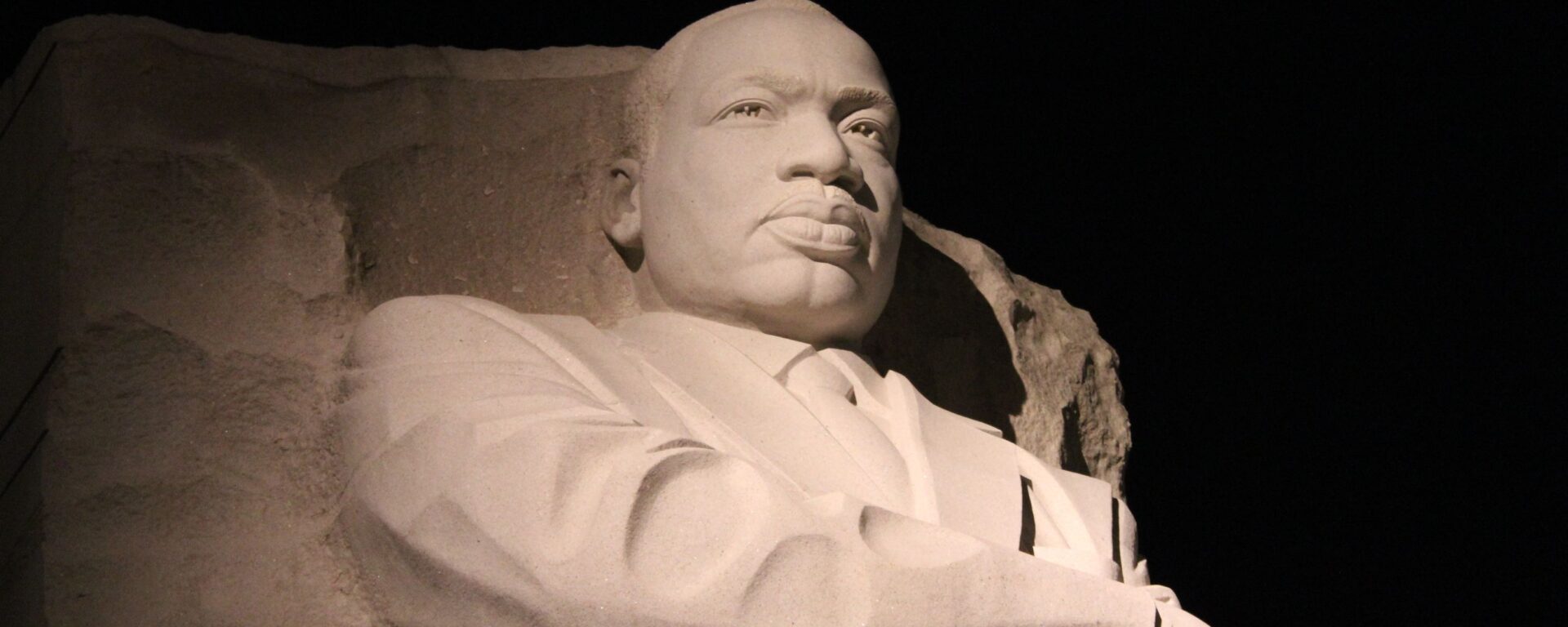“With this faith, we will be able to hew out of the mountain of despair a stone of hope.”
In the middle of a crescent-shaped park in South West D.C., a 30-foot granite sculpture of Martin Luther King, Jr. rises above its surroundings and peers south across the tidal basin. At all hours of the day visitors come to the park to pay their respects to the man who helped lead the civil rights movement of the 1960s and to learn why his legacy is so important to the United States.

The idea for the monument was proposed by King’s fraternity – Alpha Phi Alpha – in 1968 after his assassination in Memphis, Tennessee. The project wasn’t authorized until 1996 and work began 10 years later. The park was open to the public in August 2011 to coincide with the anniversary of King’s “I Have a Dream” speech from 1963, but due to inclement weather the official dedication wasn’t held until October 16th – the anniversary of the Million Man March in 1995.
The park is located at 1964 Independence Avenue, a reference to the 1964 Civil Rights Act. It is also the year that King was awarded the Nobel Peace Prize (the youngest person ever to receive it). The statue was sculpted by Chinese artist Lei Yixin at his studio in Changsha, China. The majority of the work was done overseas, but the final details were finished on site.

The design of the statue is based on a line from King’s “I Have a Dream” speech: “With this faith, we will be able to hew out of the mountain of despair a stone of hope.” Visitors pass through a gap carved in the “mountain of despair,” while King is carved from the “stone of hope” that stands separate from the mountain.

King first entered the public eye in 1955 when he organized a boycott of the Montgomery, Alabama, bus system after Rosa Parks was arrested for refusing to give up her seat to a white rider, as was required by law at the time. The boycott ended after 385 days, when the US District Court ended segregation on all Montgomery busses.
For the rest of his life, King would work to apply the principles of civil disobedience and non-violent protest to effect positive change in the United States. He organized movements to promote civil rights, social and economic equity, and world peace. King’s legacy lives on today – not just in statues, street names, and libraries, but in movements for social justice around the world.
[youtube https://www.youtube.com/watch?v=I47Y6VHc3Ms]
Resources used for this article:
https://en.wikipedia.org/wiki/Martin_Luther_King_Jr.
https://www.nps.gov/mlkm/learn/building-the-memorial.htm
https://en.wikipedia.org/wiki/Martin_Luther_King_Jr._Memorial

One thought on “Martin Luther King, Jr. Memorial”
Comments are closed.